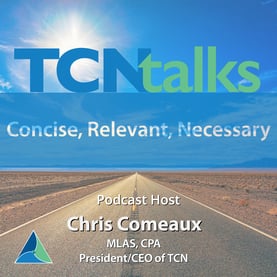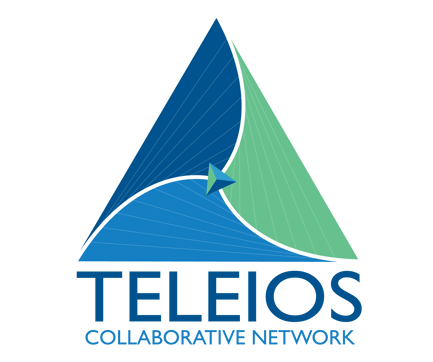Symbols of Leadership
And what they can teach us
I was recently reminded of the importance of symbols because they use pictures to teach us what words can’t always achieve. As I pondered their importance, two specific symbols, and the significant lessons they’ve taught me, immediately came to mind.
Reach for the Stars
During my Master in Leadership program with Dr. Lee Thayer many years ago, he taught us that one of the commonly used Chinese symbols for leadership represented someone whose foot is planted firmly on the ground, but who is also reaching for the stars.
Wow, what do you make of that symbol? I believe it teaches us two important truths about leadership that are seemingly opposed but are meant to work in concert and harmony:
- Consider reaching for the stars – it seems like the easy part, right? It’s vision-casting, reaching towards the future, doing something that has never been done. In many ways, it’s the “sexy” part of leadership.
- But the other part is often forgotten or cast aside into the shadows. It isn’t as fun. It’s the honest assessment – the ability to take stock of what pieces you actually have to make the dream come true. As John Maxwell says, “Every dream is built upon the foundation of reality.” Without a foot on the ground, we’d simply float among the stars with no real ability to achieve anything. In order to actually accomplish something, we must take an honest look at where we are – our team, our department, our organization – and start building from there. To delude ourselves by focusing only on the stars is foolhardy; our dreams must be built upon the foundation of reality.
“Walk with Wolves, Run with Lions, Soar with Eagles” - Matshona Dhliwayo
Many of you have heard me refer to the significance of “the vision of the eagle”, a symbol that I’ve used throughout my experiences in leadership and in training leaders over many years.
Did you know that, when an eagle flies, it can see in two directions at once? Eagles see the horizon and then look simultaneously down for their food. I believe this is such a significant metaphor for leadership, similarly to the Chinese leadership symbol, in that it represents the importance of looking at where you are going while also looking at the proverbial “ground” – the day-to-day, the most current needs.
In fact, one of the most important tools I teach as part of our TCN Leadership System is the 7 Fundamentals of an Organization System. One of the main premises of the fundamentals is that you can have vision and be working towards something on the horizon, but if you don’t have the tools to get it done on a daily basis, it is simply a pipe dream.
Duality = Success
So, what’s the overarching learning lesson in all this symbology?
Each of these symbols represents the obvious yin and yang of leadership. Most of us come into our leadership journey with a proclivity for one or the other, but the rarified air is a leader who can do both. This is the journey of leadership, learning mastery at both. This is why we developed the TCN Leadership System to help aid that journey towards Mastery by providing leaders with tools on both ends of that continuum. Reach out to us if you want to learn more.
Chris Comeaux, President / CEO of Teleios Collaborative Network


WANT TO IMPROVE YOUR LEADERSHIP SKILLS?
attend our LEADERSHIP IMMERSION
May 9-11, 2022
Learn More
Coming May 17-19th, 2022

Concise, relevant, need-to-know to help you
in your role as a serious illness professional.

An organizational model that allows nonprofit hospices (Members) to leverage best practices, achieve economies of scale and collaborate in ways that better prepare each agency to participate in emerging alternative payment models and advance their charitable missions.






